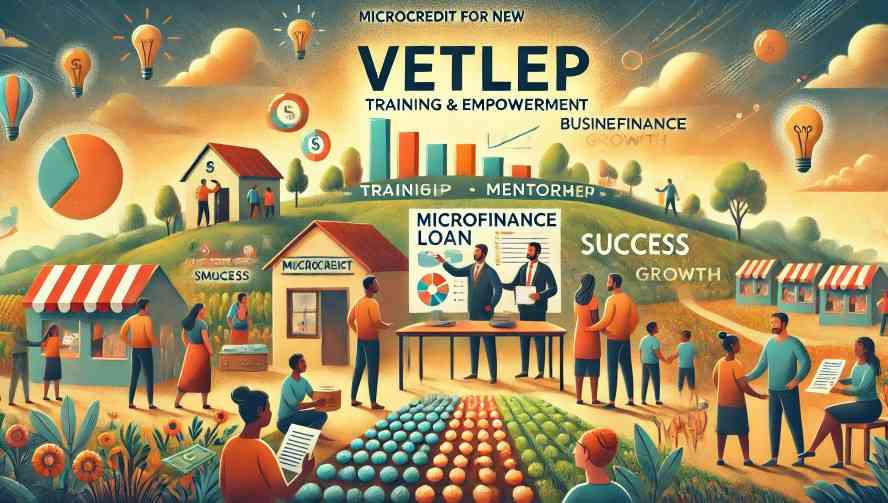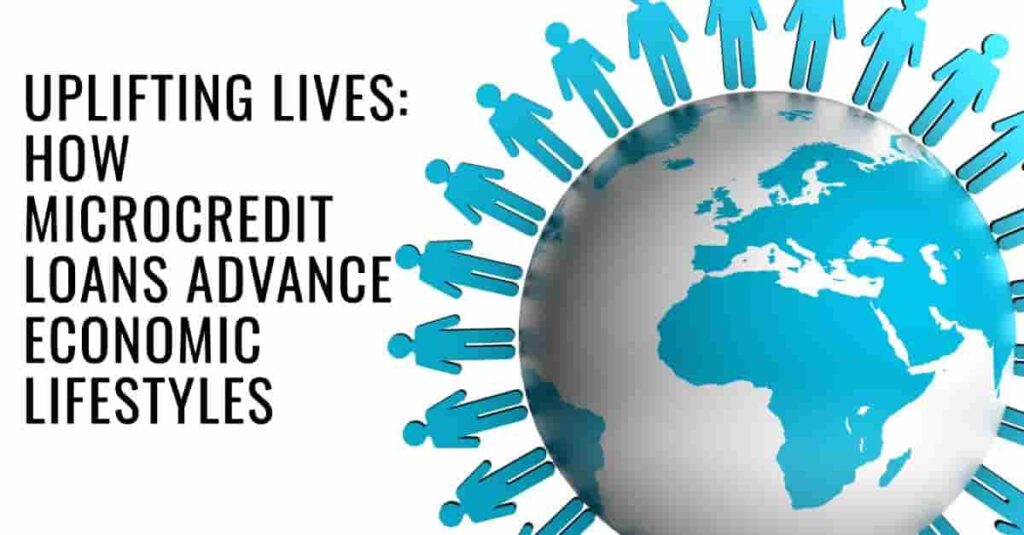Using Microcredit to Build Creditworthiness as a New Entrepreneur

Building creditworthiness is a significant challenge for new entrepreneurs, especially those in underserved communities who may lack traditional credit histories. Microcredit offers a practical solution by providing small loans designed to support business growth while helping borrowers establish a positive credit record. Valdymas Entrepreneurial and Transformational Leadership Empowerment Program (VETLEP) exemplifies how microcredit can empower entrepreneurs, enabling them to achieve long-term financial stability and independence.
Understanding the Role of Creditworthiness
Creditworthiness reflects a borrower’s ability to repay loans, serving as a critical factor in securing additional financial resources. New entrepreneurs often face difficulties obtaining traditional loans due to limited financial histories, which lenders perceive as high-risk. According to Yunus (1999), microcredit addresses this gap by offering small, manageable loans with minimal collateral requirements. Programs like VETLEP aim to foster creditworthiness by prioritizing accessibility and affordability in their loan structures.
The Benefits of Microcredit for New Entrepreneurs?
Microcredit not only provides financial resources but also introduces entrepreneurs to structured repayment processes, which are essential for building credit. Regular, timely payments demonstrate reliability to lenders, forming the foundation for a strong credit profile. Research by Armendáriz and Morduch (2010) shows that participation in microcredit programs improves borrowers’ access to larger financial opportunities over time. By using microcredit effectively, entrepreneurs can gradually transition to mainstream financial systems.
VETLEP’s Approach to Microcredit
At VETLEP, microcredit loans are tailored to meet the needs of new and small-scale entrepreneurs. With flexible terms, low interest rates, and no hidden fees, our program minimizes barriers to entry for underserved individuals. Moreover, we emphasize capacity building through mentorship and training, equipping borrowers with the knowledge required to succeed. These features align with the findings of Banerjee et al. (2015), who argue that combining financial support with skill development enhances the effectiveness of microcredit initiatives.
Building Creditworthiness through Responsible Borrowing
One of the most important aspects of using microcredit to build creditworthiness is adhering to responsible borrowing practices. New entrepreneurs should borrow amounts that align with their business needs and repayment capacities. For instance, creating a budget and projecting future revenues can help determine appropriate loan amounts. Additionally, setting up automated payment systems or reminders can help borrowers maintain consistent repayment schedules, further strengthening their credit profiles.
Leveraging Training and Mentorship
To maximize the benefits of microcredit, entrepreneurs should actively engage in training and mentorship programs. VETLEP’s workshops on financial management, leadership, and marketing provide participants with tools to optimize their loan usage and improve their business outcomes. Research suggests that mentorship significantly enhances borrowers’ financial literacy and decision-making skills, contributing to their overall creditworthiness (Ledgerwood, 2013).
Transitioning to Larger Financial Opportunities
Microcredit serves as an entry point to broader financial opportunities. Once entrepreneurs establish a track record of responsible borrowing, they become eligible for larger loans and more favorable terms from traditional financial institutions. This progression not only supports business expansion but also contributes to economic development within their communities. Programs like VETLEP facilitate this transition by fostering partnerships with banks and other financial entities, providing borrowers with access to additional resources.
Conclusion
Microcredit is a powerful tool for building creditworthiness among new entrepreneurs. By offering accessible financing, fostering financial discipline, and providing essential training, programs like VETLEP empower borrowers to establish strong credit profiles. Through responsible borrowing and active participation in capacity-building initiatives, entrepreneurs can unlock opportunities for growth and achieve long-term financial independence. As microcredit continues to drive entrepreneurship in underserved communities, it holds the potential to reduce poverty and promote economic equity on a broader scale.
Bibliography:
- Armendáriz, B., & Morduch, J. (2010). The Economics of Microfinance (2nd ed.). MIT Press.
- Banerjee, A., Duflo, E., Glennerster, R., & Kinnan, C. (2015). The miracle of microfinance
- Evidence from a randomized evaluation. American Economic Journal: Applied Economics, 7(1), 22–53.
- Ledgerwood, J. (2013). The New Microfinance Handbook: A Financial Market System Perspective. World Bank Publications.
- Yunus, M. (1999). Banker to the Poor: Micro-Lending and the Battle Against World Poverty. PublicAffairs.



